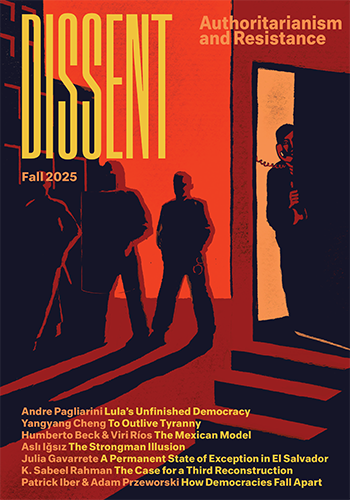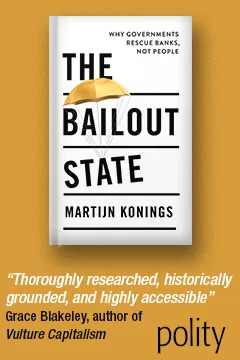An Economic Wrinkle in Time
An Economic Wrinkle in Time
David Mermelstein: An Economic Wrinkle in Time
In 1981, President Reagan enacted the Kemp-Roth tax cut acts, lowering income, corporate, and estate tax rates. The cuts were justified, at least in part, by the paradoxical Laffer Curve. Arthur Laffer argued that, given the country?s economic conditions at that time, a tax cut of the type Reagan put forth, even if it mostly reduced the tax rates of the well-to-do, would lead to a decrease in the national debt. Skeptics pointed out that the economy during the spring of 1981 was too near full employment to expand to the degree needed for federal revenues to increase to the levels Laffer posited.
In the years that followed Kemp-Roth, the national debt actually soared, though only partly because of the tax cut. More important, the Federal Reserve chair, Paul Volcker, decided to confront double-digit inflation head on, raising the prime rate briefly to 21.5 percent and mortgage rates to about 17 percent. Unemployment was sent skyward, even exceeding the worst months following the 2008 crash. But it should be kept in mind that Volcker sought to counter not only existing inflation but also the potential inflation that Kemp-Roth could bring with it. While the Volcker recession was a greater factor in increasing the national debt than the tax cut, the latter indirectly helped create the severity of the former. (Reagan?s increase in military expenditures also contributed to the growing debt.)
In the present, Paul Krugman and other Keynesians have criticized the GOP idea that cutting government spending will improve economic growth, in a sort of inverse Laffer Curve. The Keynesians are arguing that this version of austerity (a variation on the recent European austerity regimes, which include tax increases) would likely reduce output and increase unemployment, leading to an increase in the national debt.
A recent paper by Larry Summers and Brad DeLong in the macroeconomics journal Brookings Papers on Economic Activity (and then picked up by the Economist, Goldman Sachs, and the Huffington Post) presents the newest and most fascinating wrinkle in this story: an implicit reincarnation of the Laffer Curve. Only this time it is a liberal version and involves expenditures, not tax cuts. Summers and DeLong argue, with qualifications, that a new fiscal stimulus ?may actually be self-financing.? Given our current economic situation?unused capacity and a high level of unemployment?a stimulus could reduce long-term debt.
At first glance, there is nothing new here. Keynesians, such as the incoming Kennedy team in 1961, have always believed in fiscal stimuli. Walter Heller, a Kennedy administration analyst in the Treasury Department, favored running a deficit to stimulate demand. And the tax cut signed by President Johnson in 1964 was not a supply-side cut, aimed at getting business to invest, but a demand-side cut, aimed at stimulating the economy ?directly? by putting money in the hands of the people who would spend it. While Heller, the distinguished economist Arthur Okun, and others on the Kennedy-Johnson economic team might have hoped that the tax cut would pay for itself, their goal was not to reduce the national debt, which their policies failed to do, but to lower unemployment, which they did.
What Summers and DeLong have added is something called ?hysteresis,? an economic concept that dates back at least to the mid-1980s. It points to the possibility, during periods of enormous economic stress and long-lasting unemployment, that persons who become temporarily unemployed might never return to the labor force. Many are on this dire threshold. Increased spending would not only put these persons back to work in the immediate future, but in the years that follow. Over time, this increase in the labor force could generate higher tax revenues than would otherwise be the case, reducing the national debt.
Another way of expressing this wrinkle: Laffer had a point, but it didn?t apply in the spring of 1981, because inflation was high and the economy was relatively strong. The conditions are appropriate now for what Laffer was arguing then?but not using tax cuts. These invariably go disproportionately to those in the upper-income brackets (which is where Laffer, and Reagan, wanted them to go). These recipients would save much of what they received, weakening the cut as a stimulus and making a reduction in the national debt all but impossible. Spending gives you more bang for the buck.
Sadly, the chances of enacting the sort of program that the Summers-DeLong paper points to are slim, at least this year. But Laffer and his followers must be chagrined to learn of the Summers-DeLong thesis. A fiscal variation of what they once advocated is now being used by their political enemies. What goes around comes around.






